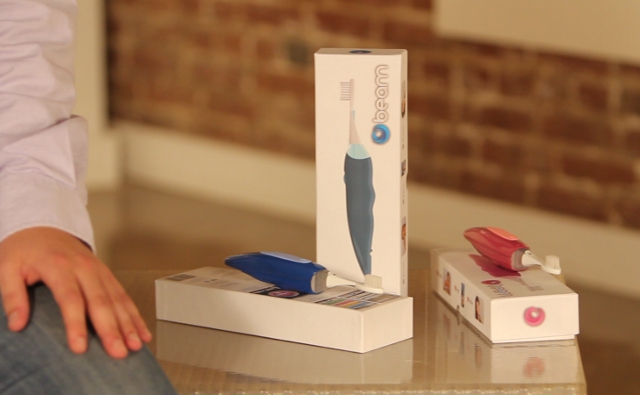 Ah, the 4th of July. Independence Day. The day in 1776 when the Continental Congress gave Great Britain the finger and declared that the thirteen American colonies were no longer a part of the British Empire. America was born.
Ah, the 4th of July. Independence Day. The day in 1776 when the Continental Congress gave Great Britain the finger and declared that the thirteen American colonies were no longer a part of the British Empire. America was born.
“We hold these truths to be self-evident, that all men are created equal, that they are endowed by their Creator with certain unalienable Rights, that among these are Life, Liberty and the pursuit of Happiness. — That to secure these rights, Governments are instituted among Men, deriving their just powers from the consent of the governed, — That whenever any Form of Government becomes destructive of these ends, it is the Right of the People to alter or to abolish it, and to institute new Government, laying its foundation on such principles and organizing its powers in such form, as to them shall seem most likely to effect their Safety and Happiness. Prudence, indeed, will dictate that Governments long established should not be changed for light and transient causes; and accordingly all experience hath shewn that mankind are more disposed to suffer, while evils are sufferable than to right themselves by abolishing the forms to which they are accustomed. But when a long train of abuses and usurpations, pursuing invariably the same Object evinces a design to reduce them under absolute Despotism, it is their right, it is their duty, to throw off such Government, and to provide new Guards for their future security.â€
Well said.
In addition, the 4th of July is a time for celebration with family and friends. Swimming, talking, playing and lots and lots of BBQ, ice cream, other junk food and so on. This years grub includes a Swiss Meat Roll, BBQ hot dogs, two types of homemade ice cream – vanilla and strawberry, my daughters famous Red, White, and Blue cake, and all the sides that make it fun.
It’s also a time to enjoy the beauty of fireworks lighting up the night. And believe me, when the Fahrni brothers get together on the 4th there’s sure to be plenty of that.
Have fun everyone and try not to get carried away. On second thought, don’t worry about getting carried away. Just have fun and be safe.
 Each Friday I receive a newsletter from CompoundingToday.com. The newsletter features an editorial from Dr. Loyd V. Allen, Jr, Editor-in-Chief of the International Journal of Pharmaceutical Compounding.
Each Friday I receive a newsletter from CompoundingToday.com. The newsletter features an editorial from Dr. Loyd V. Allen, Jr, Editor-in-Chief of the International Journal of Pharmaceutical Compounding.

